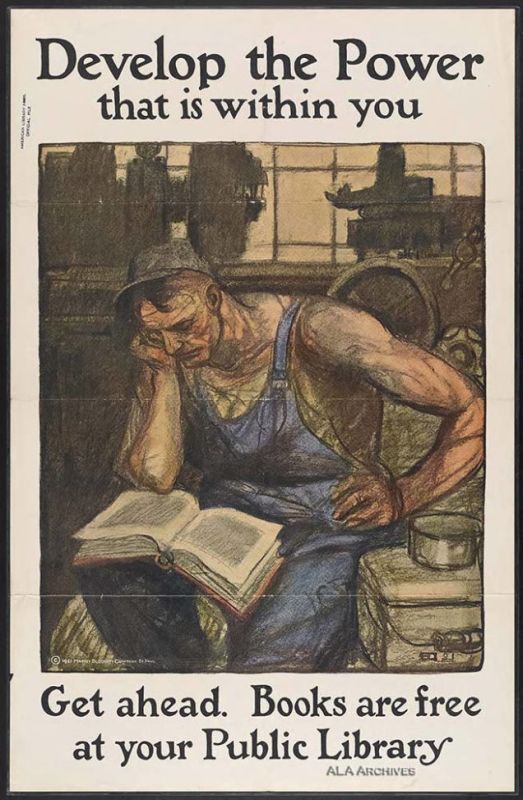Book digitization
There are two methods to digitize a book.
Method №1. Photographing
You need:
Phone
Stand

Save the picture and find similar stands on sale using Google Images
Lamp
Weight for pressing pages (for example, a puck)
Power bank
Disadvantages of photographing:
Variation of text size due to page flipping
Imperfect straightening of lines by the Book Restorer program
Advantages:
Availability
Description:
Fix the phone on the stand. Turn on the lamp. Put the book so that one page completely falls into the frame of camera. Pull this page with one hand. If the second page starts to slam, put a weight on it (for example, a puck). Press the button with your other hand. The resulting photos are processed by special programs.
To do a b/w ebook or a b/w ebook with colored illustrations (method of separated scans), see DjVu.
To do a colored ebook, see PDF.
To do a text ebook, see FB2, EPUB.
Method №2. Scanning
You need only a scanner.
Second-hand scanners are cheap.
Scans are processed by special programs.
Practical recommendations on digitization
-
Before digitization check if the book is already on the Internet. See Book searching.
-
How to get the book for digitization? Get it in the library. Sign up for the large local library: there you can find books and periodicals that you won’t find anywhere else. If the largest local library allows reading only inside the library, ask if there is a paid service of photographing, and if there is, photo the book inside the library. If you didn’t find necessary book in local libraries, use interlibrary loan: find the book on WorldCat and reach interlibrary loan department of the large local library. As a last resort, buy the book.
-
During digitization, you can listen to lecture, podcast or audiobook.
-
After photographing, check if you have missed a page or photographed one page twice. An effective method is to quickly scroll 10 photos and see if the page number has grown by 10 or not. If it grew by 10, there was no mistake.
-
Caution. Do not release the book earlier than a year after its publication to avoid the conflict with the copyright holder. If you publish the book too early, it will undermine the book’s sales.
